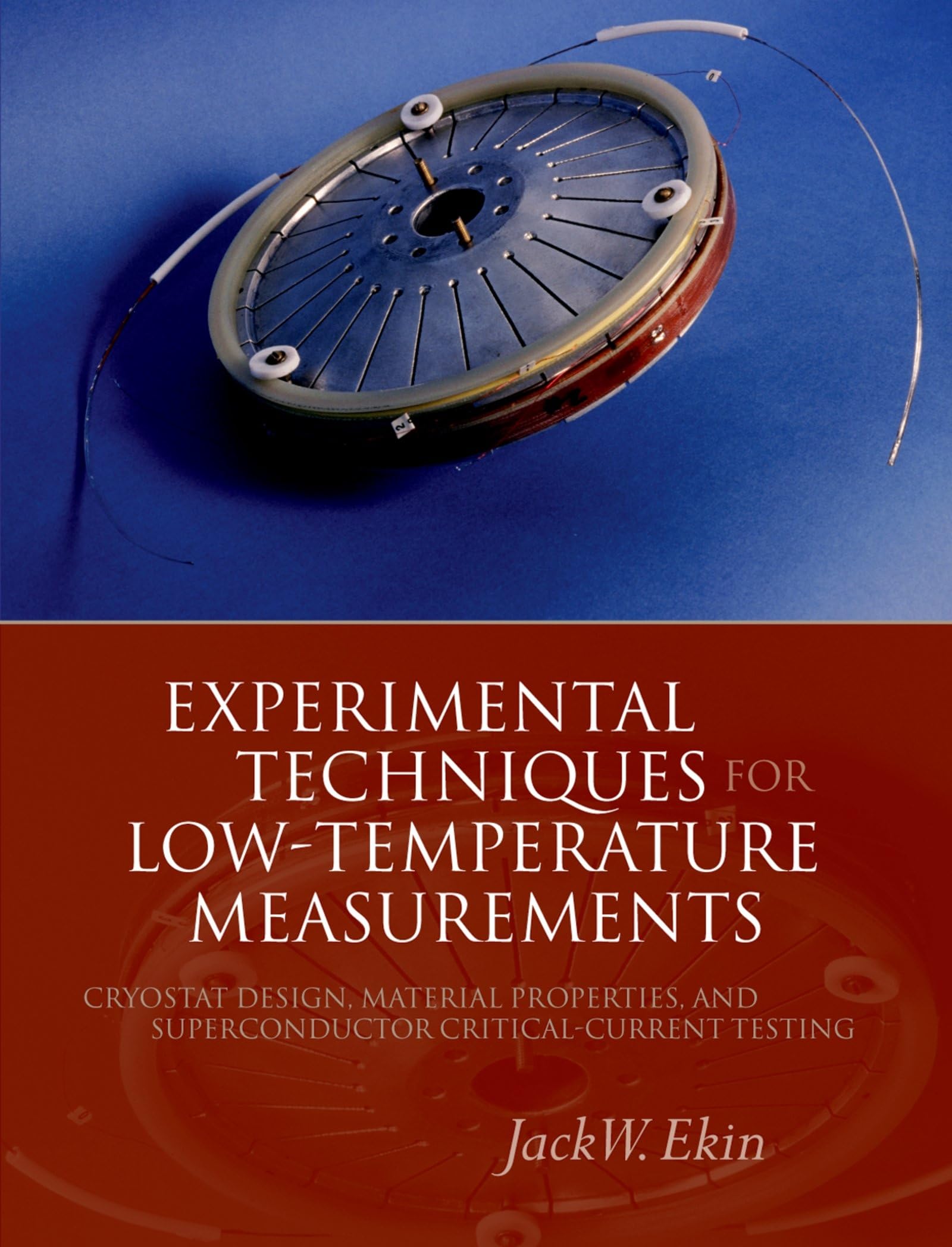Customer Services
Copyright © 2025 Desertcart Holdings Limited
Desert Online General Trading LLC
Dubai, United Arab Emirates


Experimental Techniques: Cryostat Design, Material Properties and Superconductor Critical-Current Testing
Trustpilot
5 days ago
2 weeks ago